Meet Bruce Lawson, the British web warrior who draws his inspiration from India
Bruce Lawson is sometimes known as Salman Khan of the UK in the tech community, owing to his love for Bollywood. He was Deputy CTO of Opera, where he represented the company in the web standards committee while batting for the features facilitating inclusion of emerging markets.
Various things jostle for space on the walls of the Bruce Lawson’s room. A guitar, a studio mike (recording equipment), a pulp fiction poster and lot of other paraphernalia that he got from across the world. I could spot an Om Namay Shivay flag on the ceiling and idols of dancing Shiva in the room. He bought the former from a market in Udaipur where he was taking sitar lessons.
Sounds like an Indophile? Well this week’s Techie Tuesdays certainly is. He has appeared in a Bollywood movie, is a musician and a tarot card reader, and later went on to become an English teacher as well. In fact, Bruce started his professional tech journey only in his mid-thirties. He was always a good programmer, but through the years he equipped himself with a lot of information, specifically about the ground realities in developing economies like India, Bangladesh and Indonesia. Bruce Lawson, in his last stint, was the Deputy CTO of Opera. His noticeable achievements include his contributions in the HTML5 specification and in British Standard BS 8878:2010 Web accessibility.
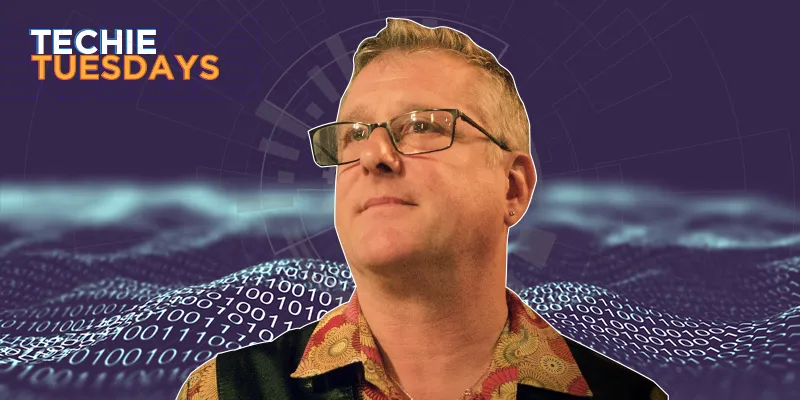
A big fan of the country, Bruce, wants to retire and settle in India. Here’s his interesting journey so far:
First love - English Literature and Drama
Bruce loved books as a child and was curious about everything around him. In school, he decided to learn computers and holed up in the lab to avoid physical education classes. He discovered that he could program by teaching himself. He says, “I could think algorithmically and was programming in BASIC then.”
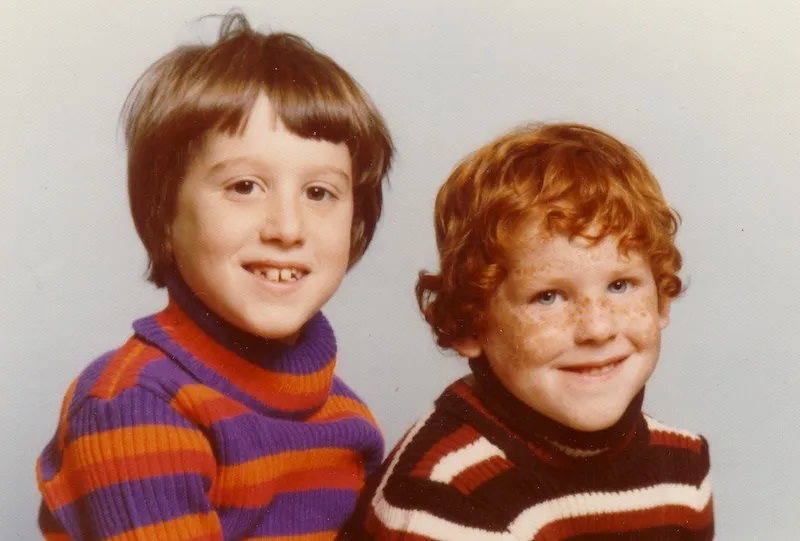
He then borrowed a computer, got it installed at his place and wrote (built) Space Invaders game. This made him popular among his peers, who often came over. But when it was time to go to university, Bruce chose to pursue English Literature and Drama, and not computers. He says, “I was interested in words and people communicating.”
At university, his only connection to computers took the shape of his roommate, who was a computer science student. This allowed Bruce to keep programming on his computer from time to time. Looking at his obvious interest, his roommate suggested Bruce does something in computers after his graduation because that's where the money was back then, in circa 1995. One can say he had a natural leaning towards programming, being better at it than most of the computer science students in the university.
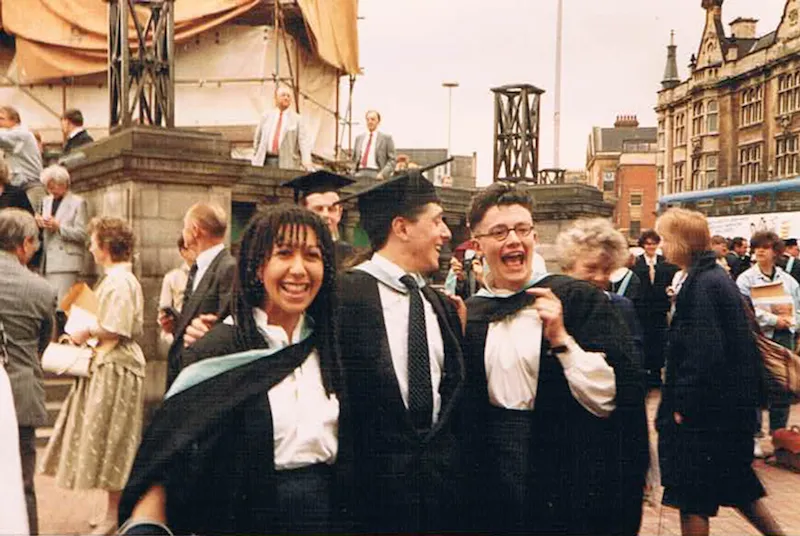
‘Technology should be used for good, not for blowing people up’
When Bruce applied to a company in the UK for the job of a programmer, he was considered a bit crazy as he had a first-class degree in English Literature and Drama and was interviewing for the job of a programmer. In his interview, he spoke about the coexistence and inter-dependency of arts and science. He says, “An artist cannot make a TV and an engineer/scientists cannot make a (TV) program. I'm a good communicator and could go out and talk to customers about their problems and turn them into a system spec.” He was hired and quickly got his role changed as well from programmer to analyst. However, he left the company when it got acquired by AT&T. He states the reason,
I disapprove all the companies that work in defence technology. Technology should be used for good, not for blowing people up.
Related read - Story of the punk rock musician who’s making internet accessible to all
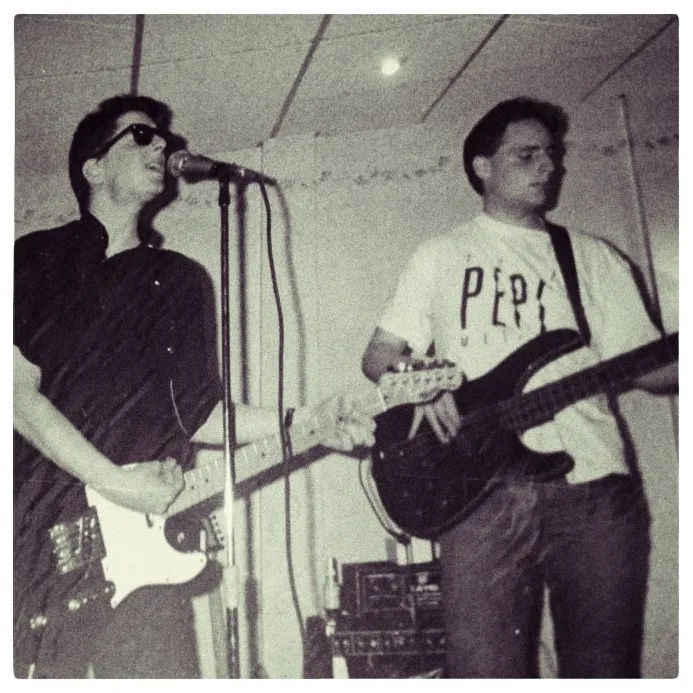
‘May be I'll get a chance to meet Madhuri Dixit’
For a couple of years, Bruce lived in Turkey as a musician and tarot card reader. Later, he travelled across the length and breath of India for more than six months. And he did all this travel in general class on trains. The love for India roots back to when Bruce was six years old. He remembers visiting the home of an Indian-origin friend. Bruce was fascinated by the culture, clothing and food of the country. Later, he was impressed with the diversity in India. While traveling across country, Bruce and his brother made sure that they watched a local movie at all the places. Hum Aapke Hain Kaun starring Salman Khan and Madhuri Dixit was premiering in Mumbai when he reached there. Bruce appeared as an extra in the Bollywood movie - Maharaja Ranjeet Singh which was shot at the Sanjay Gandhi National Park, Mumbai. He recalls,
I saw a board which said - ‘Wanted European extras @ Rs 400 + lunch for a day’. I thought may be I'll get a chance to meet Madhuri Dixit.
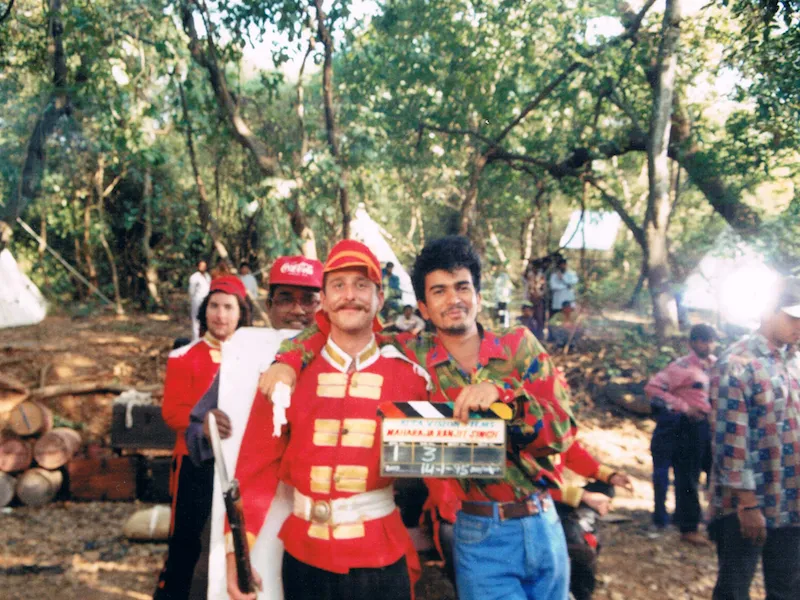
While in Kolkata, Bruce was a volunteer pharmacist in a street hospital. Bruce had all kinds of adventure in India during his visit.
After his India travel, Bruce wanted to work in Mumbai but it wasn't considered safe at that time due to the 1993 attacks in the city. So, he went to Bangkok instead where he became an English teacher and helped set up a school. The plan was to be there for nine months, but the contract extended to four years. It was going all fine until one day in 1999 he got sick and was diagnosed with multiple sclerosis (MS). The hot weather made it worse. He couldn't get a lot of information about the disease so he went to a cyber cafe. “I found a forum that had patients diagnosed with MS and an active discussion on MS. That’s when I got hooked on to the internet and understood its importance.”
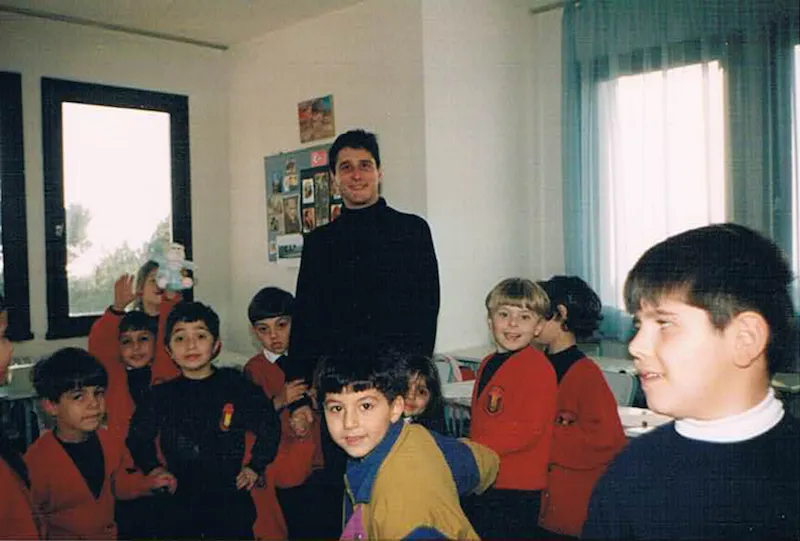
Beginning of the web journey
Bruce’s web journey started at Wrox Press in Birmingham in 2000. With his experience in programming and equipped with a first-class degree in English Literature, it was a perfect match at that time. He managed the team commissioning and defined strategy for editing books on Microsoft technologies. He also set up 'glasshaus', a new publishing imprint for web professionals. In 2003, the parent company went bankrupt and Bruce moved on. He worked as a web editor at the Law Society of England and Wales, which was scrapping old websites and rebuilding new ones. Bruce worked on websites’ user testing, redesigning the navigation, cross browser compatibility and mobile compatibility.
Bruce co-authored a book, Introduction to HTML5, with his friend Remy Sharp, in 2008. The same year, Opera offered a full time position to him for writing web standards and accessibility. Bruce says, “Opera was respected in the community but it didn't have much presence in the community. I decided that I'll make myself known as the guy from Opera.” He made sure he was in conferences (speaking) and in all important discussions. He added, “I made sure that millions of people in India, Bangladesh, Indonesia who were underrepresented aren’t neglected by Opera.”
You may also like - How Akiba is cultivating the maker-hacker culture in the countryside
Opera Mini for all
Bruce wanted to make sure that Opera is known for adhering to standards. So, he would try to get his foot in the door where the standards were being made. He was a part of mobile best practices working group as well. He says, “They were against transcoding Opera Mini but I was very adamant that transcoding wasn't evil because Opera Mini was serving to a lot of people (with limited access to internet and phones) on internet.”
Bruce invented and evangelised for responsive images (<picture>, <img srcset> etc) to be added to the specifications. It's now available in all modern browsers. He contributed to the HTML5 specification as well.
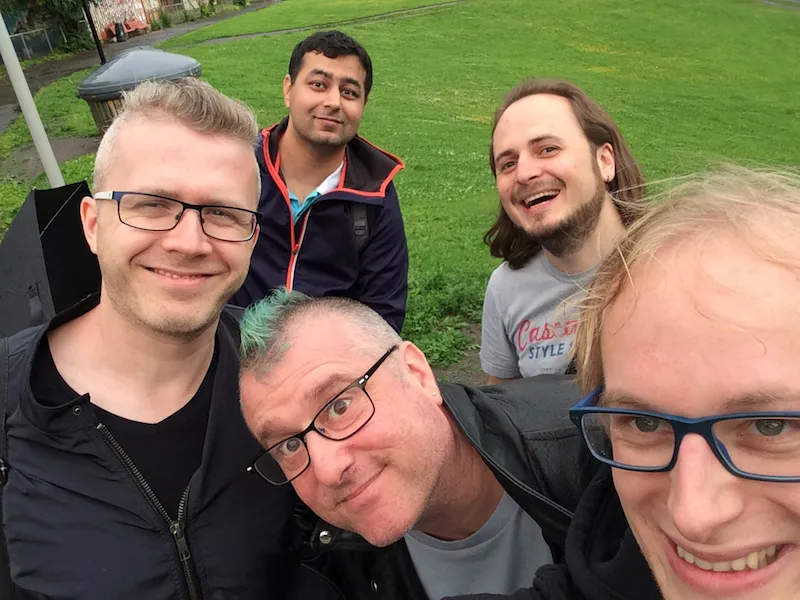
When Bruce started first at Opera, he used to get in touch with the companies requesting them to make their websites work in Opera Mini (browser). Later, they themselves wanted to make them run well on Mini because of the massive reach of the browser. A lot of that (growth) can be attributed to Bruce’s belief to build for users in emerging economies in Asia and Africa. He adds,
“What gives me satisfaction is knowing that the product you're working on is used by more than 200 million people across the world and for many people it was their only way to access web.
In order for the web to be worldwide and in order for standards to serve everybody, we need people from different backgrounds working on standards.”
Bruce had a diverse team including members from India, Korea, China and Europe.
Related read - Meet Nipun Bhatia – the man whose algorithms power the pricing on Walmart.com
Current work @ Wix
In his current role, Bruce is advising Wix on web standards and helping them on a product, Stylable.io. It is CSS for components i.e. a CSS preprocessor that allows you to write style rules in CSS syntax, with some extensions that we believe adhere to the spirit of CSS. It makes websites faster. Bruce says,
“Once it's finalised, it'll be rolled into 100 million websites that Wix currently hosts. It'll make those faster and easier to maintain and build upon. It feels very much like CSS and you don't have to learn new syntax/rules.”

Building a tech community
According to Bruce, to build and nurture a community, it’s important to treat people like people and be mutually respectful. He says,
Just because somebody has a big name and a big voice doesn't mean their opinion or ideas are more valuable than anybody else’s.
It’s almost crucial to moderate your community and one should not hesitate warning and, if necessary, sending people out if they are disrespectful. It’s also important to connect and bond with fellow members beyond technology as well.
What makes a good techie?
According to Bruce, a good techie should have the ability to think algorithmically. He says, “As or more important is a sense of empathy with the person who's going to be using your product.”
Bruce believes that a good techie should have a sense of moral responsibility because technology doesn't take responsibility.
Also read - How an English literature graduate built an advanced NLP engine
Settling in Kerala
Bruce hopes that stylable.io will take off and become the way that people choose to style components-based systems. In the future, he wants to open a yoga and ayurvedic clinic in Kerala and settle there. In fact, he has a message and request:
If you can have a word with PM Modi to give me a patch of land near ghats in Varanasi and in beaches of Kovalam, I can retire peacefully!
You can follow him on Twitter or connect on LinkedIn.
You can listen to some of Bruce’s compositions on his SoundCloud channel.







